For our Novvies….
The Eight
Bow to stern ,the rowers are numbered;1-seat, 2- seat, 3-seat, 4-seat, 5-seat,6-seat , 7-seat, 8-seat
COX…… A cox (like Joel Murdoch) needs to be light and loud
STROKE …Good technique, good rhythm, fit and can push him or herself.
7 SEAT… is usually another very good technical rower who can lock onto whatever rhythm stroke seat is setting. 7 and 8 or 3 and 4 working together set the whole boat up.
6, 5,4,3 SEATS…usually tallest and strongest "put the muscle in the middle" . Someone tall like Jeff Francis (6’5 ½”), Harry Simperingham( 6’ 6 ¾”) or Nigel Van Den Akker (6’6“ )is called the ‘grunt’ or ‘muscle’(the biggest rowers)-therefore they are often put in the mid boat positions -3-seat was common,4-seat or 5-seat
2 SEAT and 1 SEAT BOWMAN OR WOMAN..Usually smaller, but athletic and good technique as, especially in a fast eight, everything seems to be happening faster up at the front.
BOWSIDE - right hand side looking forward (starboard)
STROKESIDE - left hand side looking forward (port) Rowers with one oar row bowside or strokeside, although you should practice in both sides. Harry Simperingham rows ‘bowside’ and ‘strokeside’.
BOATS
COXED EIGHT OAR : 8+ ( 8 rowers, 8 oars, cox )
COXED QUADRUPLE SCULL : 4x+ ( 4 scullers, 8 oars, cox )
COXLESS QUAD SCULLS: 4x-( 4 scullers, 8 oars, no cox )
COXED FOUR OAR : 4+ ( 4 rowers, 4 oars, cox )
COXLESS FOUR OAR : 4- ( 4 rowers, 4 oars, no cox )
PAIR : 2- ( 2 rowers, 2 oars, no cox )
DOUBLE SCULLS : 2x ( 2 scullers, 4 oars, no cox )
SINGLE SCULL : 1X ( 1 sculler, 2 oars, no cox )
GLOSSARY
ROWER or SWEEP OARSMAN: ‘rowing ‘is when each man has one oar. In NZ we call all oarsmen ‘rowers’ nowadays.
SCULLER :Sculling is when each man has 2 oars.
STROKE : stroke side rower at the rear of the boat- all other rowers follow the stroke rate set by this person, therefore the name. Also the name for the start-finish of the use of the oar –a stroke. ‘Stroke ‘ is technically the best rower.
BOWSMAN : The first person over the finish line . Usually the smallest or shortest rower in the boat
BLADE: The ‘spoon’ or ‘blade’ is at the end of the oar shaft.
Puddle:…swirling shape in the water after the oar is taken out - the more power put into the water the bigger the puddle - tells the coach a lot.
COX :Cox or coxswain …often shortened to ‘coxn’ (pronounced ‘coxin’). The cox sits facing crew and course ahead and steers, coaches, motivates and follows training and racing plans set by the coach.
BOW :The bow is the part of the boat to cross the finish line first.
STERN: back of the boat
BOWSIDE: : bow side (oar on right side facing forward) - also starboard side for sailers
STROKESIDE: stroke side (left side oar facing forward)- also Port side.
RIGGERS: The aluminium outrigger or wing which holds the oars
DERIG: Usually a slang term for taking riggers off the boats and stacking on trailers ready for transport to and from regattas.
RIG: Add the riggers… ready to row
SKIFF : The technical term for a rowing boat . We tend to use ‘boat’
BOAT NUMBER: The number attached to the front of the boat is the LANE number
PREMIER Class - all rowers can row in Prem class. After two years without qualifying as defined above, can step back to Senior class.
SENIOR Class - A rower who has not won a premier class race in the previous season, who has not competed at a FISA open or U23 championship or Olympic games, a rower who cannot row in club class. After two years without placings in senior or prem events or representing NZ can regrade to Club class
MASTER a rower over the age of 27 who is not a senior or premier rower.
CLUB class -a rower who has not won an U21, senior, premier, national champs race in the previous season, or who was not Senior or Premier class in the previous season, or a rower who has not represented NZ in the previous season
NOVICE a rower who has not rowed in a previous season at any Provincial champs, Karapiro 1 or 2, Jury Cup, Head of the Harbour, NI, SI or National champs or NI, SI or National secondary schools champs or has not raced in two or more minor regattas.
Age Classification - a rower may row in an age limited event if they are under the specified age limit on the 1st of January in the year of the regatta. ie if 14 on the second of january can compete in U15 events during january to March.
LIGHTWEIGHT events for rowers under the following weights - males 72.5kg, females 59kg. Secondary schools events may be different.
OPEN for a small regatta - combined senior and premier as there would not be enough entries or enough time to run them separately
REDCOAT Heavyweight winner of a National Event
GOLDCOAT Lightweight winner of a National event
GREENCOAT Coach Winner of a National Event
ABBREVIATIONS
1X,2X,4X: Single, Double Sculls, Quad Sculls
2X+,4X+, 8X+: coxed double Sculls, coxed quad Sculls, coxed octagonal Sculls
2,4: pair, four oars
2+,4+, 8+: coxed pair, coxed four oars, coxed eight oars
2-,4-: coxless pair, coxless four oars
WU21 4X+: Womens Under 21 age group Coxed Quad Sculls
GU17 1X: Girls Under 17 age group Single Sculls
BU15 2X: Boys Under 15 age group Double Sculls
MU19 4X: Mens Under 19 Age group Coxed Quad Sculls
MP1X: Mens Premier Single Sculls
WS2X: Womens Senior Double Sculls
MO 4-: Mens Open coxless four oars
NM 4X+: Novice Masters Coxed Quad Sculls
BNU15 8+: Boys Novice Under 15 Age Group coxed eight oars
WPLTWT 1X: Womens Premier Lightweight Single Sculls
NISSC North Island Secondary School Champs
NZSSC New Zealand Secondary School Champs (MAADI)

h-717773.JPG)















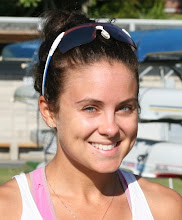
















































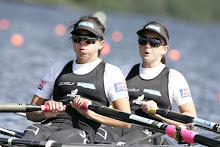
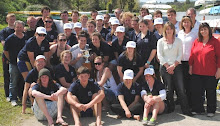

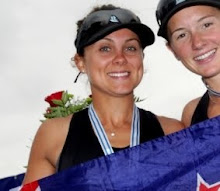
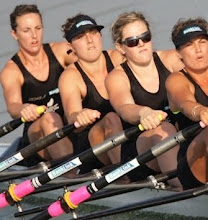
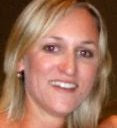
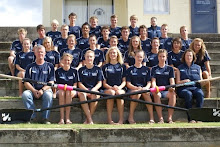
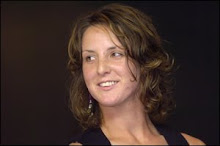
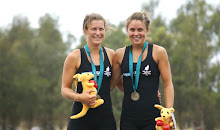.jpg)
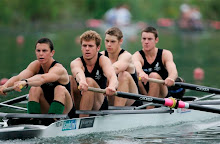
No comments:
Post a Comment